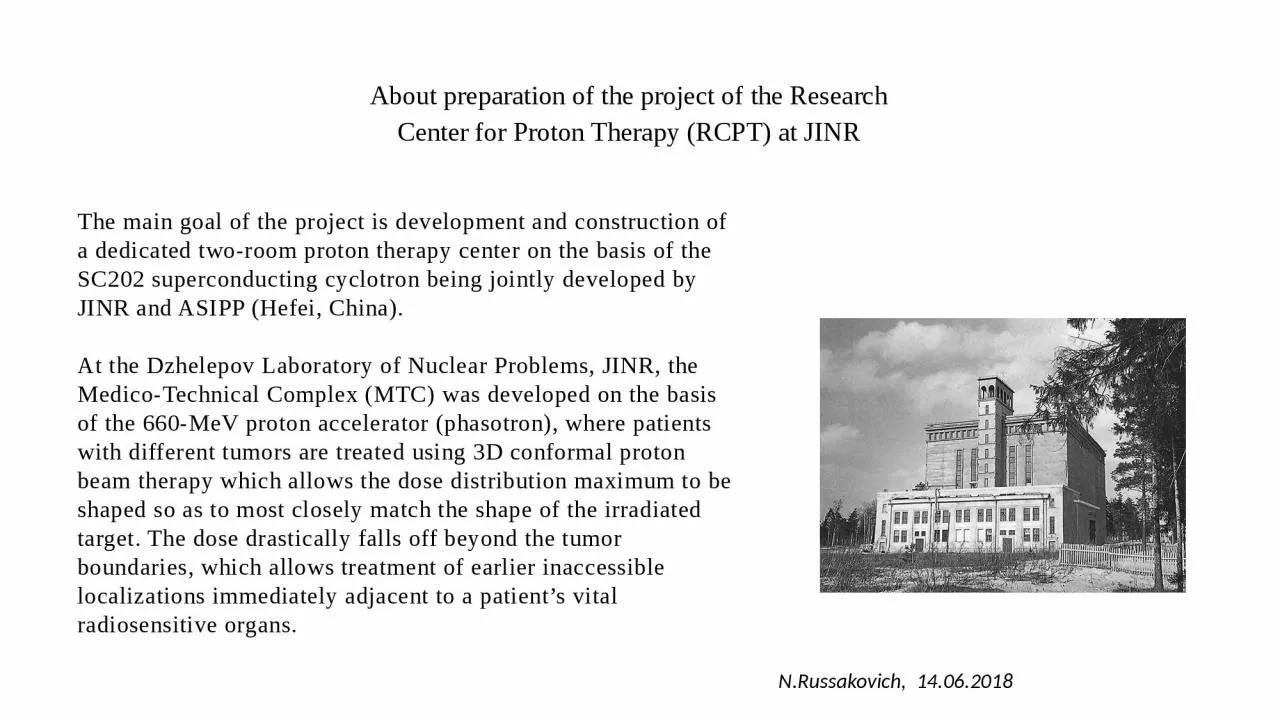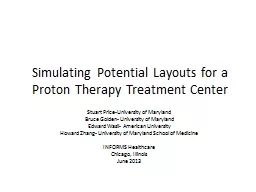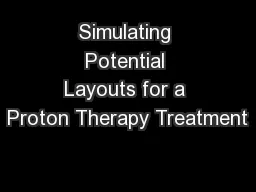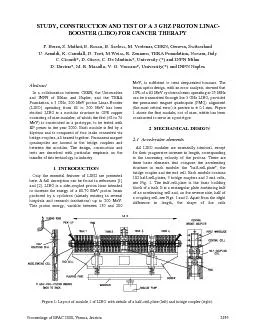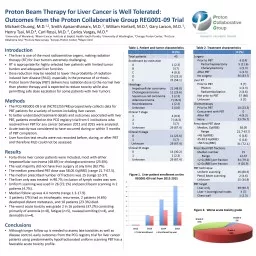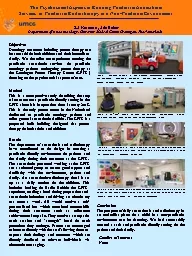PPT-The main goal of the project is development and construction of a dedicated two-room proton
Author : riley | Published Date : 2024-02-03
China At the Dzhelepov Laboratory of Nuclear Problems JINR the MedicoTechnical Complex MTC was developed on the basis of the 660MeV proton accelerator phasotron
Presentation Embed Code
Download Presentation
Download Presentation The PPT/PDF document "The main goal of the project is developm..." is the property of its rightful owner. Permission is granted to download and print the materials on this website for personal, non-commercial use only, and to display it on your personal computer provided you do not modify the materials and that you retain all copyright notices contained in the materials. By downloading content from our website, you accept the terms of this agreement.
The main goal of the project is development and construction of a dedicated two-room proton: Transcript
Download Rules Of Document
"The main goal of the project is development and construction of a dedicated two-room proton"The content belongs to its owner. You may download and print it for personal use, without modification, and keep all copyright notices. By downloading, you agree to these terms.
Related Documents

